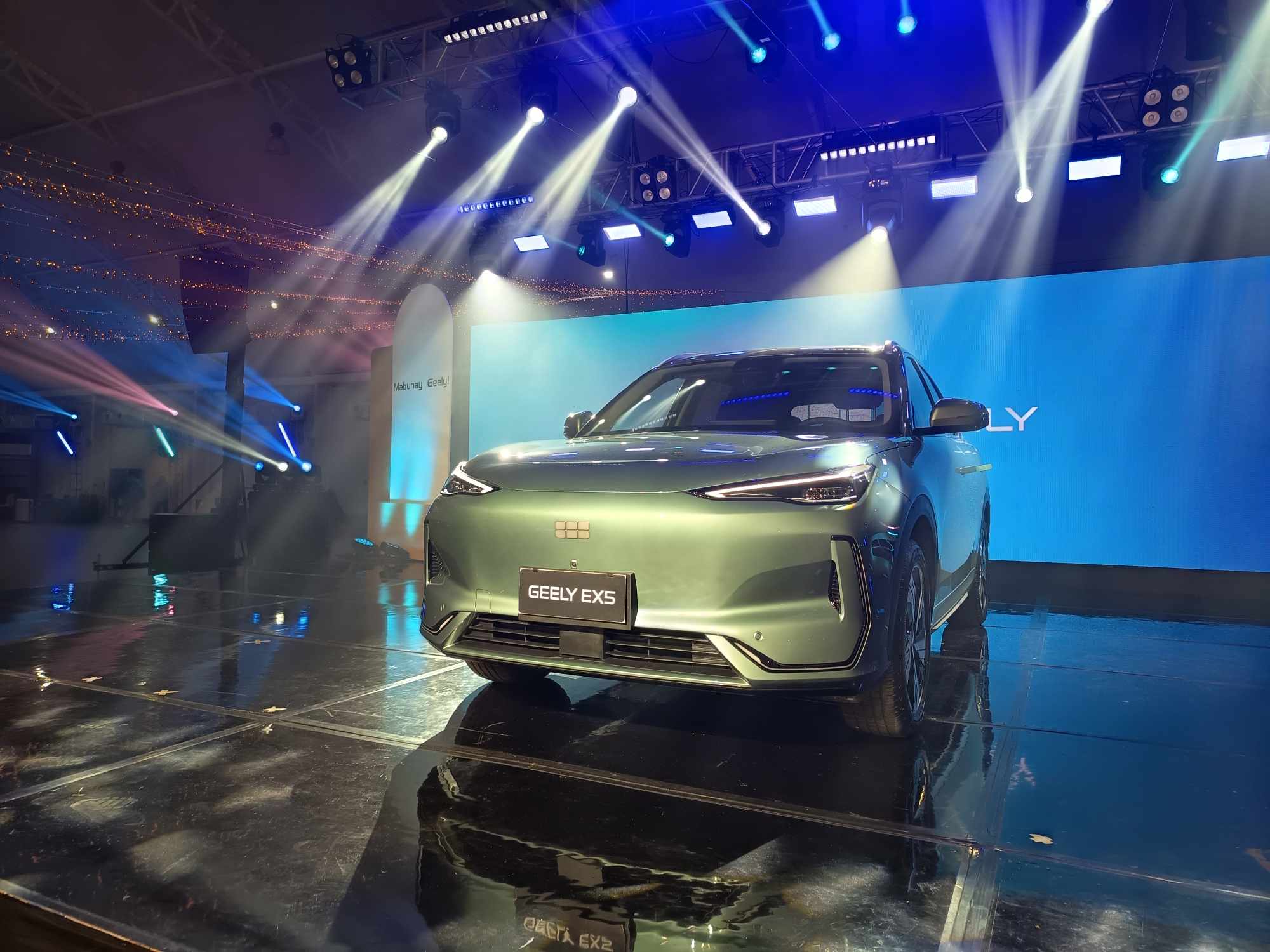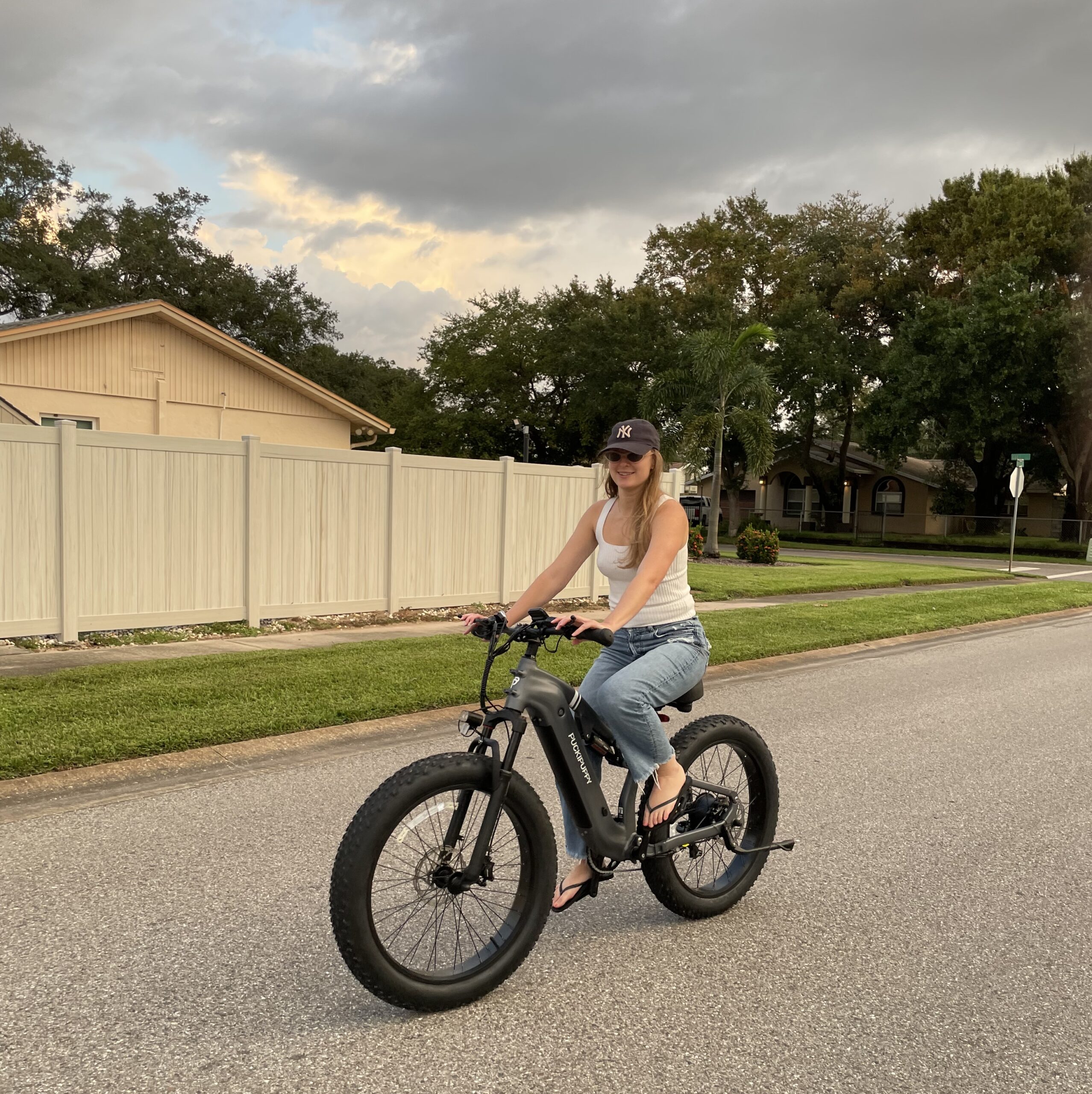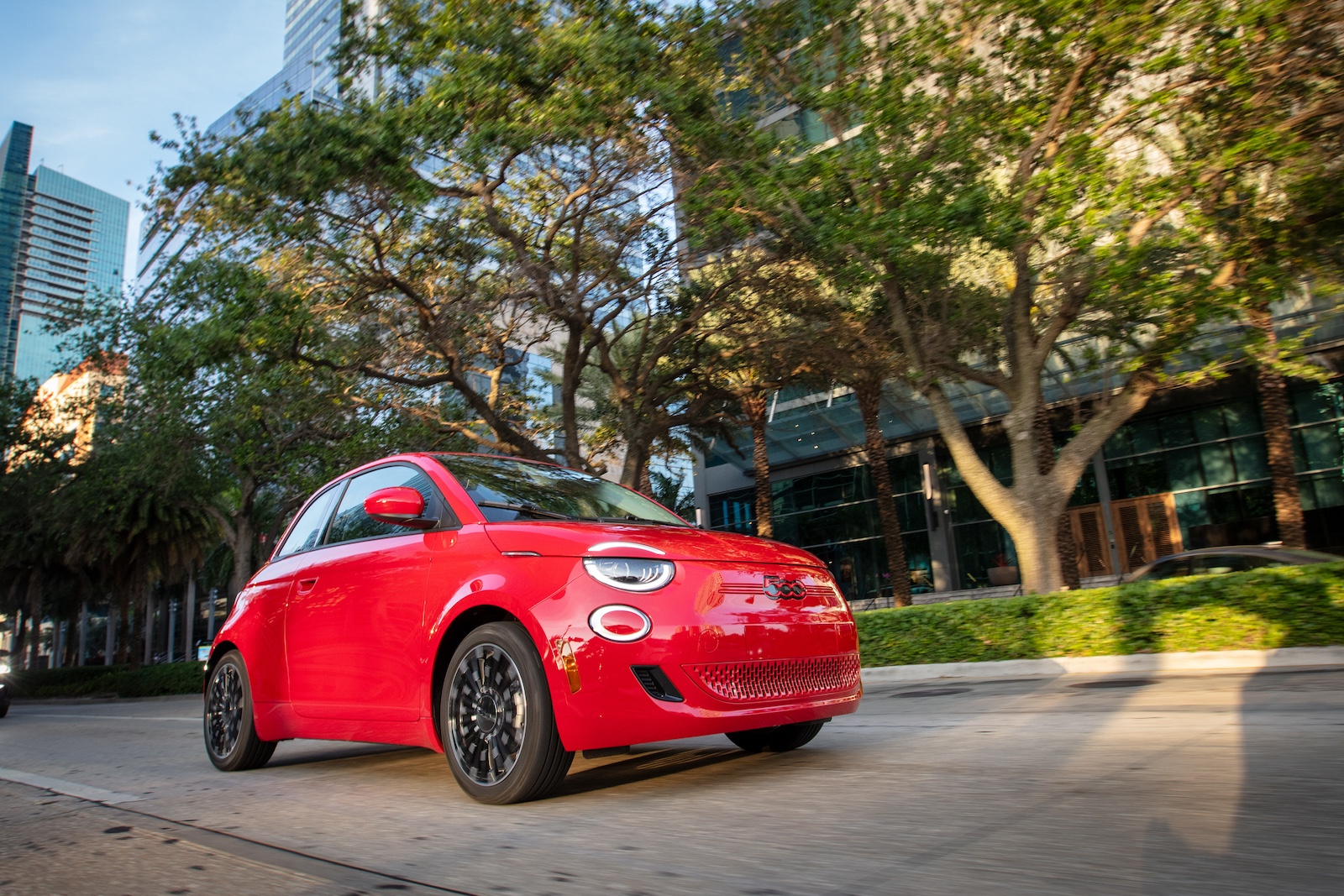Sign up for daily news updates from CleanTechnica on email. Or follow us on Google News!
Last Updated on: 22nd February 2025, 02:56 pm
Geely Philippines just introduced its first all-electric model, the EX5, last week. This launch is part of a broader strategy by Geely Motor Philippines (GMP) to establish a firmer foothold in the region, underpinned by a transition to operations led directly from its Hangzhou headquarters.
The EX5, a key component of Geely’s electric vehicle (EV) push, features a “Short Blade Battery” and advanced driver-assistance systems. The vehicle is built on Geely’s global GEA platform, emphasizing its focus on intelligent and electrified mobility. The EX5 is slated for release between April and May 2025, with a starting price of P1.79 million ($30,900), and reservation periods are in effect.
According to Will Wan, President of Geely’s Philippine operations, expansion plans include introducing one new model per quarter in 2025, encompassing battery electric vehicles (BEVs), hybrids, and internal combustion engine (ICE) vehicles. This diversified approach reflects the company’s recognition of the Philippine market’s dynamic nature and the growing demand for various powertrain options.

“We plan to have more EVs in the near future,” Wan told CleanTechnica on the sidelines. “We may have a hybrid too.”
Alongside the EX5, Geely also relaunched the refreshed Coolray and Emgrand. These updates are intended to maintain competitiveness within their respective segments. The Coolray is a subcompact crossover SUV, and the Emgrand is a subcompact sedan.
Geely’s recent activities demonstrate a clear focus on strengthening its dealership network and enhancing customer support. The company’s strategic shift and model expansion indicate a long-term commitment to the Filipino consumer.
An all-electric compact SUV
The EX5 launches from 0–100 km/h in roughly 6.9 seconds. The motivation comes from the 217 horsepower and 320 Nm of torque motor enabling a responsive and dynamic driving experience. The Philippine launch also debuts Geely’s new global intelligent new energy architecture they call the “GEA platform.”
With dimensions of 4,615 mm in length, 1,901 mm in width, 1,670 mm in height, and a wheelbase of 2750mm, the vehicle provides ample interior space.
The cabin features a high-tech layout, highlighted by a prominent 15.4-inch high-definition touchscreen infotainment system and a 10.2-inch LCD instrument cluster. The “Flyme Auto” operating system manages the infotainment functions, offering a user-friendly interface. Additional interior features include ambient lighting, a panoramic sunroof option, and comfortable seating for five passengers.
Technological sophistication extends to the EX5’s safety and connectivity features. The vehicle is equipped with a comprehensive suite of Advanced Driver-Assistance Systems (ADAS), including lane departure warning, blind spot monitoring, and adaptive cruise control, along with a 360-degree camera system.
The “Flyme Auto” system provides seamless connectivity, navigation, and entertainment options, with Apple CarPlay support.
Using what it calls the “Short Blade Battery,” a lithium-iron-phosphate (LFP) battery designed for enhanced safety, the EX5 runs about 430 kilometers (267 miles) on the 60.22 kWh capacity. The vehicle itself supports DC fast charging, allowing for a 10–80% charge in approximately 28 minutes.
Hangzhou Takeover
Geely now runs the Philippine operations directly from its Hangzhou headquarters. It previously operated with a local partner, the Japanese company Sojitz, which also distributes Fuso trucks in the country.
Geely got off the right foot when it first launched in September 2019. It was the darling of the new Chinese brands, with the Coolray being its mainstay. The compact SUV sold really well with its very high product quality ratings. It beat most Chinese brand vehicles in the same category 2:1.

But sometime in 2023, disaster struck. The lack of parts to service the many Coolrays on the road led to a social media blitz of complaints. Business slowed down and Geely insiders feared the worst — a meltdown of the brand because of a slow response to customer complaints. Heads rolled and partnerships collapsed, including with dealerships which still held inventory of the Coolray.
This is the reason why Geely HQ came in to run operations, sending a home team to the Philippines and hiring its marketing, sales and service personnel directly. It set up the new company, Geely Motors Philippines.
To solve the parts problem, the company has established a 4,700 square meter (50,000 square feet) parts center in Cabuyao, Laguna (about 60 kilometers from the capital, Manila), to enhance after-sales services and ensure the availability of genuine parts. Additionally, a new campaign they call “Geely Go” aims to integrate sales, after-sales, and brand resources, improving the overall customer experience.
The Zhejiang Geely Holding Group, mother company of Geely, bought Volvo Cars from Ford Motor Company in 2010. Since 2023, it has become the majority owner, with a stake of 78.7%. The buyout marked the first time a Chinese car company took over a foreign car company in its entirety. This is important because the Volvo buyout not only increased the product quality and engineering of the Geely; it also allowed it to create new brands like Lynk & Co. Geely also owns Lotus, Polestar, Zeekr, and specialized brands Farizon (a commercial vehicle brand in Germany) and Cao Cao Mobility (an Uber-like app with a car rental function available only in China).
Chip in a few dollars a month to help support independent cleantech coverage that helps to accelerate the cleantech revolution!
Have a tip for CleanTechnica? Want to advertise? Want to suggest a guest for our CleanTech Talk podcast? Contact us here.
Sign up for our daily newsletter for 15 new cleantech stories a day. Or sign up for our weekly one if daily is too frequent.
CleanTechnica uses affiliate links. See our policy here.
CleanTechnica’s Comment Policy




